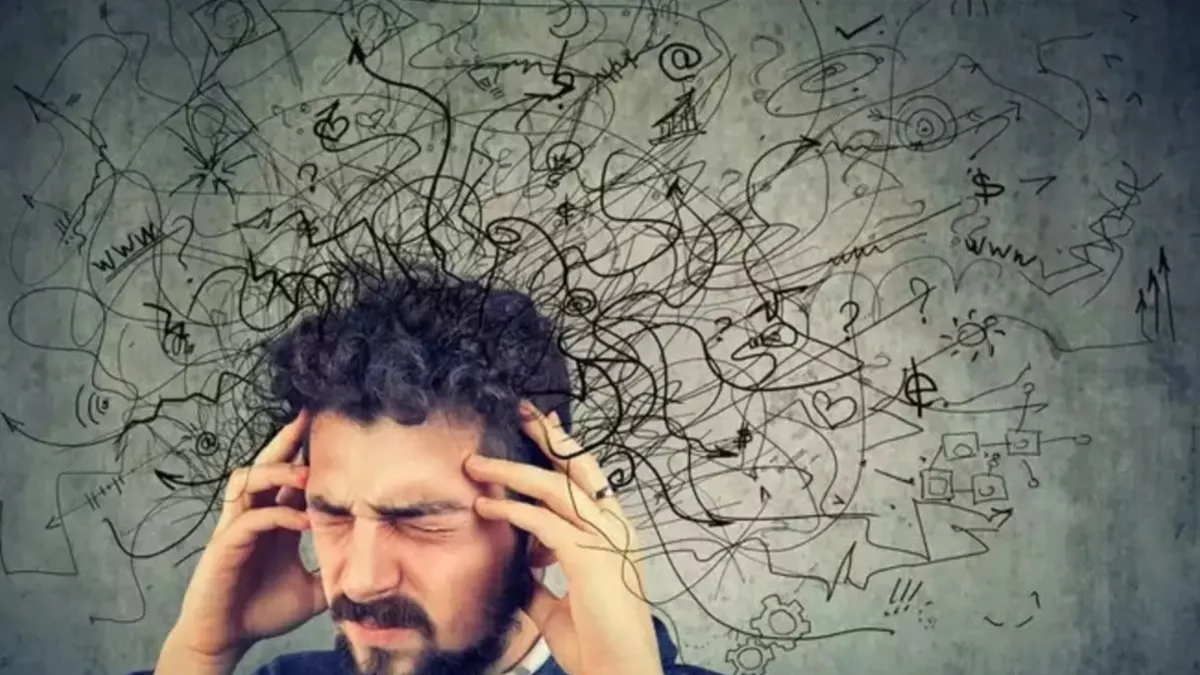
We all know that a balanced diet full of nutrients is essential for good health. But did you know that the very ingredient that enhances the taste of your food—salt—can be dangerous for your health?
Yes, while food may seem incomplete without salt, consuming too much of it can lead to serious health issues. The World Health Organization (WHO) has issued important guidelines on salt consumption to help people stay healthy. Let’s dive deeper into the risks of excess salt and how you can limit its intake.
Why White Salt is Dangerous?
According to the World Health Organization (WHO), the white salt commonly used in our food is harmful because of its high sodium content.
How Does Sodium Harm the Body?
- Disrupts Body Balance: Excess sodium disturbs the body's water balance, making it harder for nutrients to be absorbed.
- Increases Risk of Chronic Diseases: High salt intake is linked to several serious health conditions, including hypertension, heart disease, and kidney problems.
This is why WHO recommends reducing the consumption of white salt as much as possible.
How Much Salt is Safe to Eat?
Excess sodium is a global health concern. According to WHO reports:
- 1.9 million people die every year worldwide due to health issues caused by excess sodium intake.
- The safe limit for sodium intake is 2 grams per day, which is equivalent to 5 grams of salt per day.
This means that eating more than 5 grams of salt daily can significantly increase your health risks.
Side Effects of Excess Salt Consumption
Too much salt in your diet can lead to various health issues, including:
1. High Blood Pressure (Hypertension)
- Excess sodium raises blood pressure, increasing the risk of heart disease.
2. Heart Attack & Stroke
- High blood pressure is a major risk factor for heart attacks and strokes.
3. Kidney Problems
- Excess salt damages the kidneys, leading to kidney stones and kidney failure.
4. Osteoporosis (Weak Bones)
- Too much salt reduces calcium levels, making bones weak and brittle.
5. Skin Diseases
- High salt intake can cause dehydration, leading to dry and irritated skin.
6. Hair Loss
- Sodium imbalance can weaken hair follicles, leading to hair fall and thinning.
How to Reduce Salt in Your Diet?
To protect your health, try these simple steps:
Use natural alternatives like rock salt, black salt, or herbs for flavoring.
Limit processed and packaged foods (they contain hidden salt).
Read food labels to check sodium content.
Drink more water to balance sodium levels.
Gradually reduce salt intake so your taste buds can adjust.

 Share
Share






